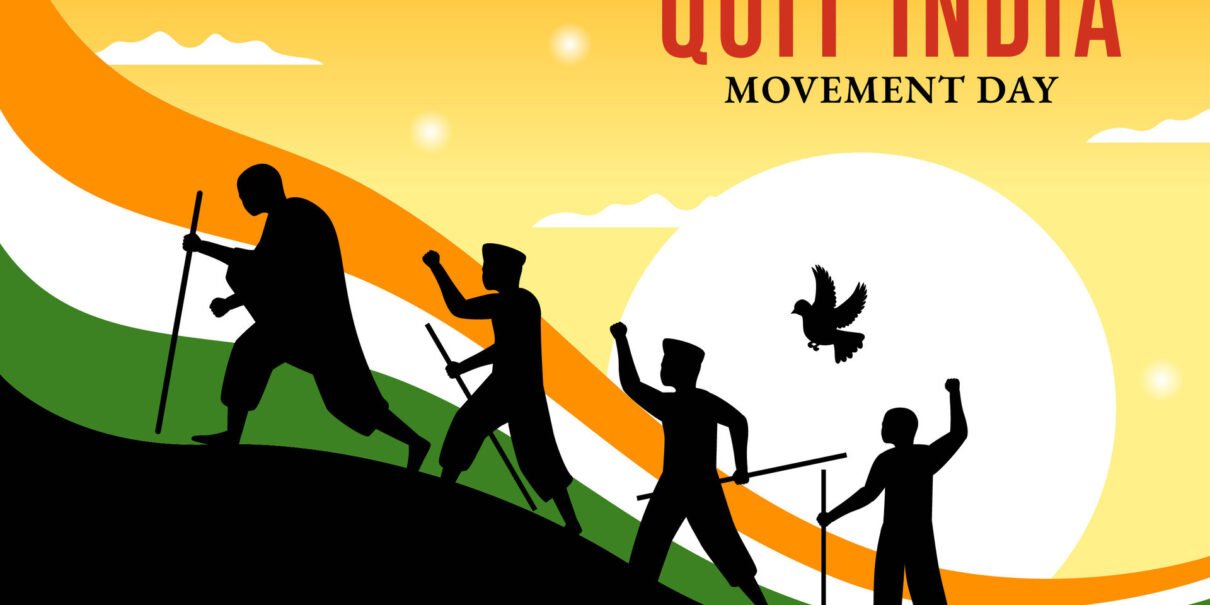Quit India Movement
Quit India Movement, mass protest movement during 1942–43 against the colonial British Raj’s political and military control of India. The movement, which took place against the backdrop of World War II, was initially planned by Mahatma Gandhi and his followers in the Indian National Congress (Congress Party) as a non-violent action. However, attempts by the British authorities to prevent the protests by arresting the Congress leaders backfired and triggered an escalation of violence that, by the end of the turmoil, resulted in the deaths of at least 1,000 Indians, as well as the arrests of roughly 60,000 by the end of 1943. Though the movement was unsuccessful in its goal of forcing the immediate decolonisation of India, it served as an important demonstration of anti-colonial sentiment in Indian society directed toward the British Raj. Moreover, the desire of British authorities to avoid a repetition of the chaos caused by the Quit India Movement lent urgency to the decolonisation of India in the postwar period.

Historical background
The Quit India Movement was not the first mass protest movement in India against British colonialism. The Indian Mutiny of 1857–59 saw Indian soldiers turn on their British army leaders, and the fighting resulted in the replacement of British East Indian Company control with direct colonial rule under the British crown beginning in 1858. Additionally, non-violent protests for independence led by Gandhi included the non-cooperation movement of 1920–22 and other acts of non-violent civil disobedience such as the Salt March in 1930. The Quit India Movement was Gandhi’s last attempt at a satyagraha campaign against British colonial rule prior to India’s independence in 1947.

Leave a Reply